Race refers to a group of people of common ancestry, distinguished from others by physical characteristics, such as hair type, color of eyes and skin, or stature. A group of these individuals is considered to be an ethnic group. To concentrate on the media, and how its representation of race and ethnicity, we need to look at the history of movies and compare it to films nowadays. Over the last years, we have been cultivated to believe in equality for each race as your ethnic background has no impact on your education or ability to work. Each racial group has a stereotype when it comes to media; for example, African American males are often portrayed as drug dealers. The media has often only focused on negative aspects of the actors race in the movies or TV series. Over the years, it has continued to portray a self-serving negative stereotype of the African-American community. The societal and economic factors of racism have become more than just a bias since the media has a huge industry in which the privileged will continue to suppress the lower class in order to enlarge profits. According to Harvard professor Cornell West, 1 percent of the elite holds some 48 percent of America’s wealth. This means that media, racism, and stereotypes will continue to be to be used to depict these topics so that the elite can be sure of their continuing economic stability.
A study from Yale University shows us that the oppression of African Americans portrayed in the media has played a key role in the showing us the effects. In the 1980’s, Michael Reich developed the Segmentation Theory or the Divide and Rule, which attempted to explain racism from an economic point of view. In this theory, Reich proposes that the ultimate goal in society is to amplify the income from the TV shows and films. It was stated that as a result, the exploiters will attempt to use any means to:
“(1) suppress higher wages among the exploited class, (2) weaken the bargaining power of the working class, often by attempting to split it along racial lines, (3) promote prejudices, (4) segregate the black community, (5) ensure that the elite benefit from the creation of stereotypes and racial prejudices against the black community. “
A lot of races are falsely represented in the media, which then turns the whole society to look at this ethnic group in the exact way which the media showed us to view them. A big motive for the insufficient attention of the core causes of racial stereotypes in the U.S. happens in because of the circumstances the white majority puts the African Americans into as the whites are of higher matter. A big interest within the black American community lies within fear and crime, as it is then portrayed in films. Events like boycotts, pickets, civil rights demonstrations, and particularly racial violence mark the point at which black activity impinges on white concerns. It is not surprising that the white-oriented media seek to satisfy the needs of their white audience and reflect this pattern of attention to these selected events.
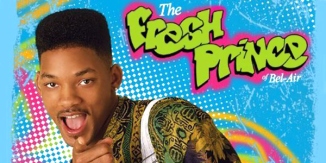
The African American sitcom, which has been aired since the 1990s, can be considered a counter stereotype of the African American race. The first season of this series lets the audience observe a teenage son, who played the main role, interact with his wealthy step family. As the son comes from a lower class part of the United States, the big clash is what makes this TV show so interesting. The Fresh Prince of Bel Air is considered among one of the most interesting TV shows when it comes to depicting African American races as it goes against all of the stereotypes. This TV revolves around an African American family with a hard working mother and father who even have an African American butler who plays a very important role to complete the image of the upper-middle class family. The purpose is to represent a many-sided black family, which lets the audience gain more respect for families like these. The movements we are supposed to recognize is the representation of the everlasting clash between the main character, who comes from a lower class family, and the relatives, which makes us question the traditional role of black characters in the production on television in the twentieth century. The second, showing us how difficult it is to live in a rich white neighborhood while being part of the black community.



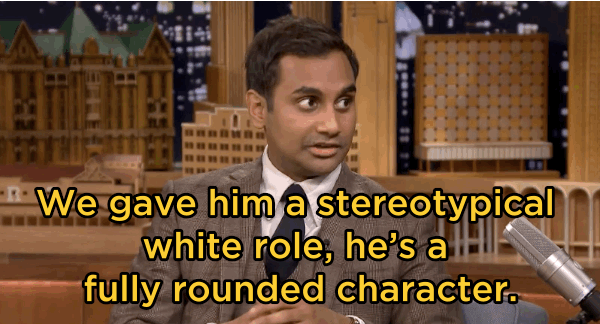




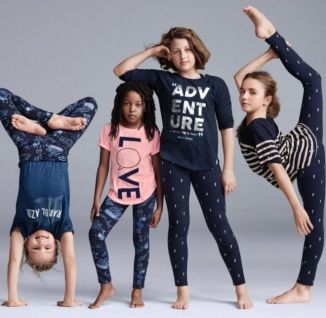






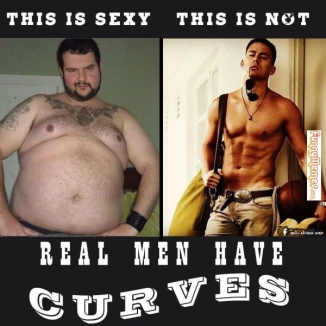

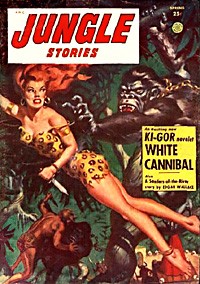 [Sheena, one of the first superheroines – circa 1941]
[Sheena, one of the first superheroines – circa 1941]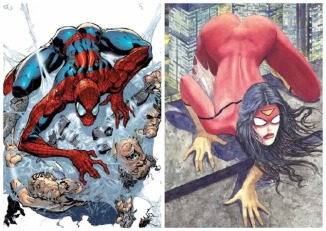
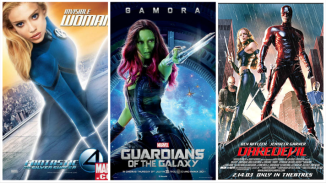
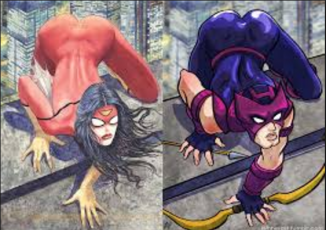

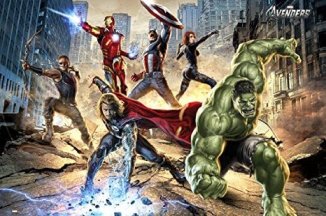
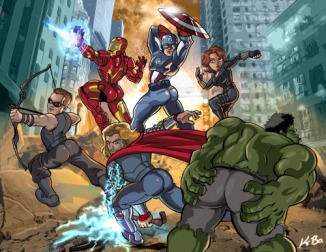
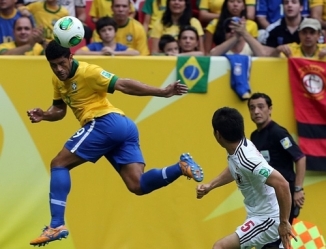
 Firstly, in recent years films have started to represent women as warriors, as the heroines of their stories. Characters such as Hit-Girl from “Kick-Ass” (2010), Hanna (2011), Katniss from “Hunger Games” (2012), Tris from “Divergent” (2014), and Lucy (2014) fight not only for their personal survival and dignity, but also for social justice. They challenge the corrupted authority, becoming killers and war machines, roles before attributed to men. Women are not more represented deadly for their beauty, like the femme fatale of the genre noir, but for their intelligence and fighting skills. This type of character challenges the biological essential position, supporter of the following idea:“physical body defines the essence of identity and determines personality characteristics, behavior and abilities” (O’Shaunghnessy and Stadler, 2012). In contrast, the warrior characters are an exemplification of the social constructionist theory that “sees identity as constructed by external social forces such as the media, family, education, religion, and expectations of community members” (O’Shaunghnessy and Stadler, 2012).
Firstly, in recent years films have started to represent women as warriors, as the heroines of their stories. Characters such as Hit-Girl from “Kick-Ass” (2010), Hanna (2011), Katniss from “Hunger Games” (2012), Tris from “Divergent” (2014), and Lucy (2014) fight not only for their personal survival and dignity, but also for social justice. They challenge the corrupted authority, becoming killers and war machines, roles before attributed to men. Women are not more represented deadly for their beauty, like the femme fatale of the genre noir, but for their intelligence and fighting skills. This type of character challenges the biological essential position, supporter of the following idea:“physical body defines the essence of identity and determines personality characteristics, behavior and abilities” (O’Shaunghnessy and Stadler, 2012). In contrast, the warrior characters are an exemplification of the social constructionist theory that “sees identity as constructed by external social forces such as the media, family, education, religion, and expectations of community members” (O’Shaunghnessy and Stadler, 2012). recently there are more female protagonists of films focused on spiritual and physical journeys. The stereotype of the Ulysses man, who travels around the world fighting extreme environmental conditions while his wife Penelope waits for him, is completely overturned. Examples of this cultural and visual turn are provided by films such as “True grift” (2010), “Winter’s Bone” (2011), “Beasts of the Southern Wild” (2013), and “Tracks” (2013). Women with purposes and goals are the main protagonists of these escapades from the domestic exploits. These changes in film representation of gender prove Judith Butler’s queer theory that “all gender behavior is performative: men and women learn to embody gender roles through the structure of impersonation by which any gender is assumes” (Butler, 1998). The overturning of gender stereotypes in films symbolises the fact that we are all doing a gender rather than being a gender.
recently there are more female protagonists of films focused on spiritual and physical journeys. The stereotype of the Ulysses man, who travels around the world fighting extreme environmental conditions while his wife Penelope waits for him, is completely overturned. Examples of this cultural and visual turn are provided by films such as “True grift” (2010), “Winter’s Bone” (2011), “Beasts of the Southern Wild” (2013), and “Tracks” (2013). Women with purposes and goals are the main protagonists of these escapades from the domestic exploits. These changes in film representation of gender prove Judith Butler’s queer theory that “all gender behavior is performative: men and women learn to embody gender roles through the structure of impersonation by which any gender is assumes” (Butler, 1998). The overturning of gender stereotypes in films symbolises the fact that we are all doing a gender rather than being a gender.
 Moreover, there has been an evolution of the female characters also in animation films. In 2012 Disney Pixar launched its first female driven movie “Brave”, in which the main character for the first time does not meet and marry the prince charming at the end of the storyline. “Brave” is a film that celebrates the importance of family, maternity and female complicity. These themes are also explored by the Disney animation film “Frozen” (2013) and by the Disney live-action film “Maleficent” (2014). These visual representations challenge the patriarchy, “a social structure in which masculine power and authority dominate social, political, and economic institutions, thereby oppressing women” (O’Shaunghnessy and Stadler, 2012).
Moreover, there has been an evolution of the female characters also in animation films. In 2012 Disney Pixar launched its first female driven movie “Brave”, in which the main character for the first time does not meet and marry the prince charming at the end of the storyline. “Brave” is a film that celebrates the importance of family, maternity and female complicity. These themes are also explored by the Disney animation film “Frozen” (2013) and by the Disney live-action film “Maleficent” (2014). These visual representations challenge the patriarchy, “a social structure in which masculine power and authority dominate social, political, and economic institutions, thereby oppressing women” (O’Shaunghnessy and Stadler, 2012). On the other hand, women continue to be victims of the patriarchal gaze in film such as “Carrie” (2013) and “Life After Beth” (2014), where the main characters are represented as scream queens dominated by violent passions in a form of mixed misogyny, defined as “hatred of women and femininity”
On the other hand, women continue to be victims of the patriarchal gaze in film such as “Carrie” (2013) and “Life After Beth” (2014), where the main characters are represented as scream queens dominated by violent passions in a form of mixed misogyny, defined as “hatred of women and femininity”